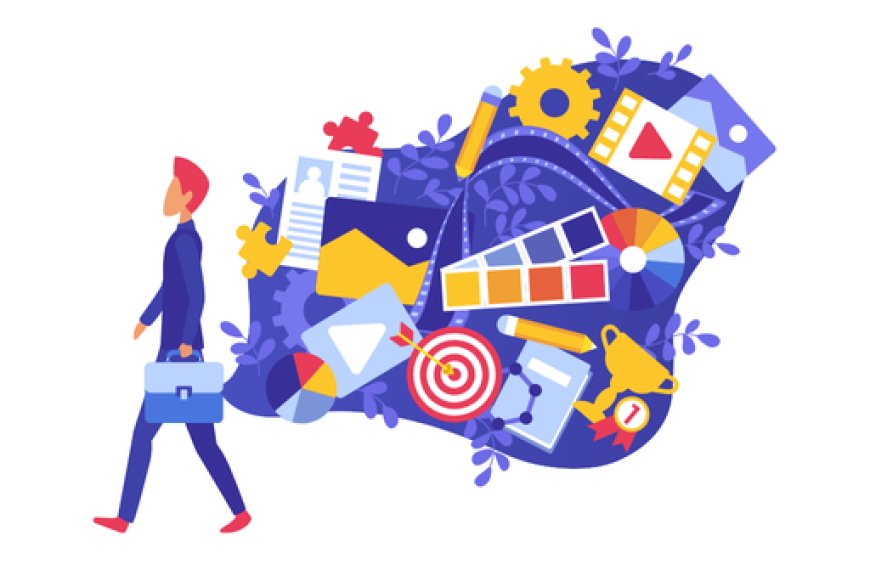Blended Learning: What Is It? (Types, Benefits, and Inspiring Examples)
Discover what blended learning is, explore its types and advantages, and learn from real-world examples to create a flexible and effective learning experience!

Hello EdTech Türkiye Readers!
Are you aware of the rapid changes in the education world? Technology is evolving at an unprecedented pace, learning habits are shifting, and education methodologies are transforming. In this context, blended learning has emerged as a game-changing approach that bridges traditional and digital learning.
In this article, we’ll explore what blended learning is, why it has become so popular, and how it can benefit you.
What Is Blended Learning?
Blended learning combines traditional classroom instruction with digital learning tools, offering a hybrid learning model.
But how does this benefit you?
Blended learning enhances learning efficiency by leveraging both in-person interactions and online flexibility. While theoretical knowledge can be acquired online, face-to-face sessions provide hands-on practice, making learning more engaging and long-lasting.
Blended Learning Models
Blended learning is highly adaptive, offering multiple models to cater to different learning needs.
1. Flipped Classroom Model
Imagine watching an online lecture or completing an e-learning module before coming to class. Then, during in-person sessions, you engage in group activities, discussions, and practical applications.
✅ Why is it effective?
- Learners progress at their own pace.
- Classroom time is maximized for hands-on learning.
2. Face-to-Face Driver Model
This model keeps the traditional classroom at its core but integrates digital tools as supplementary resources.
✅ Who is it best for?
- Learners who need direct guidance and structured environments.
3. Rotational Model
Learners rotate between different learning methods, such as classroom instruction, online modules, and self-study activities.
✅ Why is it useful?
- Supports different learning styles and enhances engagement.
4. Flex Model
This model provides complete learning flexibility. Learners complete online modules at their own pace while having access to mentorship and live support when needed.
✅ Who is it for?
- Busy professionals or learners who need self-paced education.
5. Enriched Virtual Model
A primarily online learning experience, complemented by occasional in-person sessions for deeper engagement.
✅ Why is it important?
- Combines flexibility with personalized interaction.
Advantages of Blended Learning
Blended learning is not just a trend—it provides tangible benefits that transform education and corporate training:
✅ Combines Theory & Practice: Online modules cover theory, while in-person sessions focus on hands-on applications.
✅ Reduces Costs: Lowers expenses for classroom space, travel, and learning materials.
✅ Self-Paced Learning: Learners can progress at their convenience.
✅ Encourages Collaboration: Group activities and discussions enhance engagement.
✅ Boosts Knowledge Retention: A mix of learning styles improves long-term memory retention.
Inspiring Examples of Blended Learning
Intel
Intel implemented blended learning to upskill its workforce. By incorporating interactive simulations and self-paced e-learning, they achieved 157% ROI in employee training.
Boeing
Boeing used blended learning for leadership training. As a result, 82.5% of employees successfully applied their learning to their jobs immediately after training.
How to Implement a Blended Learning Program
Want to create a successful blended learning program? Follow these steps:
1. Define Your Learning Objectives: Ensure goals are clear, measurable, and achievable.
2. Choose the Right Model: Select a blended learning approach based on learner needs.
3. Leverage the Best Tools: Utilize LMS platforms, digital simulations, and AI-driven learning solutions.
4. Collect and Analyze Feedback: Continuously improve the program by incorporating learner insights.
Blended learning is becoming an essential component of modern education. If you’re looking for a more engaging, flexible, and effective learning experience, this model is for you!
At EdTech Türkiye, we are happy to guide organizations through this transformation. Need help? Let’s discuss the best blended learning solutions for your needs!
Copyright Notice
This content is protected under copyright laws. Unauthorized copying, distribution, or reproduction is strictly prohibited. All rights reserved. Written permission is required for any use.